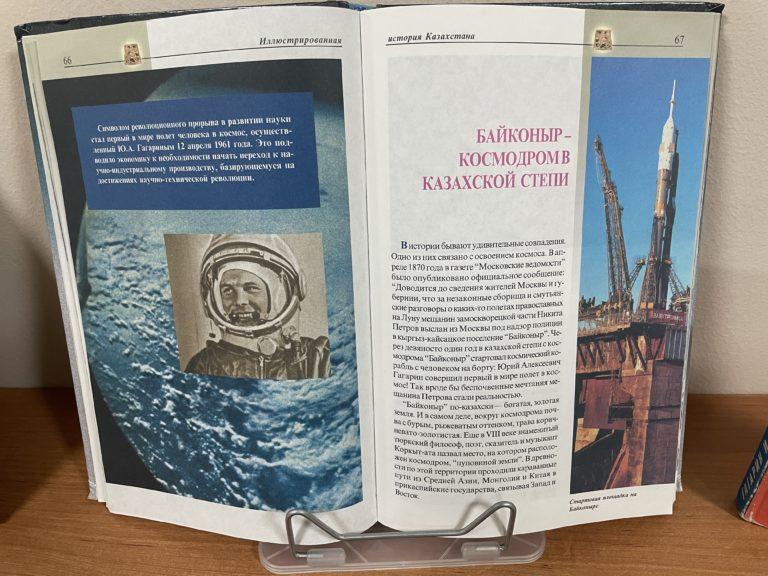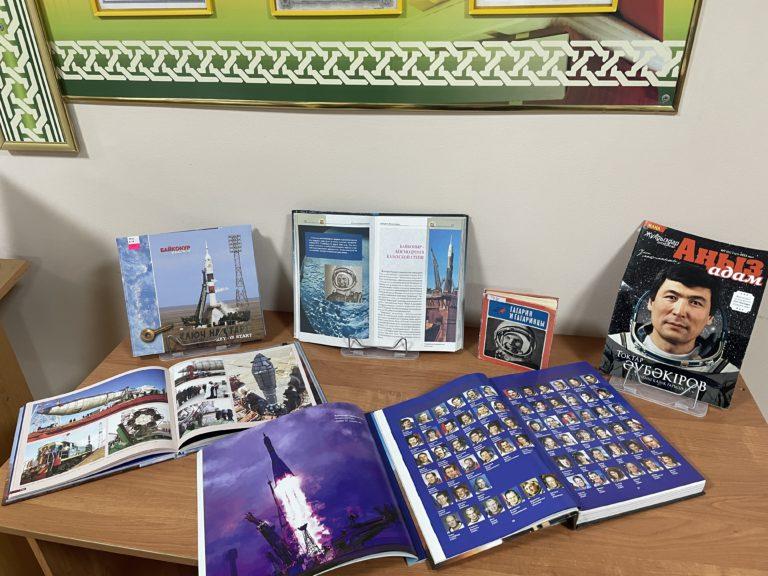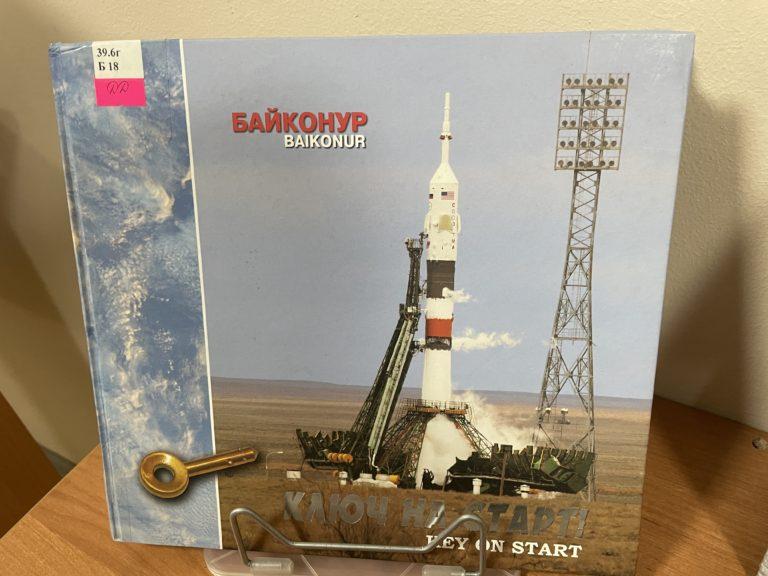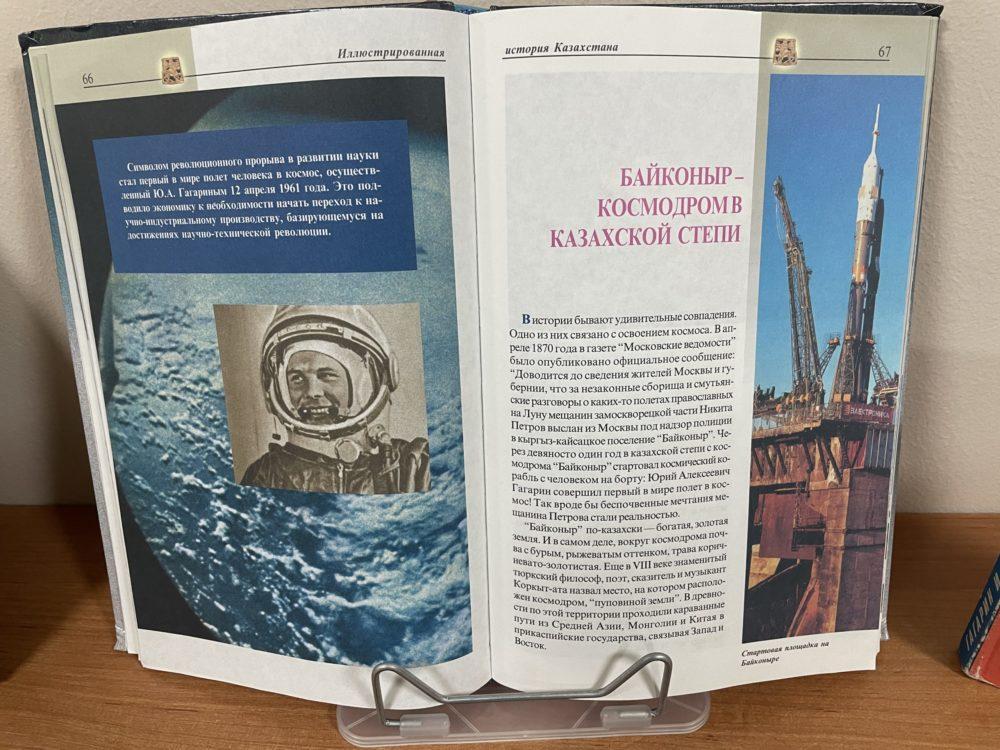On February 12, 1955, the Council of Ministers of the USSR adopted a resolution on the creation of the Baikonur cosmodrome. From here, a person will step into space for the first time and conquer it. This place still keeps its secrets and legends.

Baikonur — translated from Kazakh means “rich valley”. This is the name of the area in which the cosmodrome itself is located. The ancient nomads who lived in those desert places had an interesting legend about a Black Shepherd who built a huge sling out of skins, filled it with red-hot stones and camel fat and threw these stones at enemies who were approaching his camp. Falling, hot stones and fat hit the enemies, while those who survived fled in terror. Nothing grew in the places where the stones fell for a long time, and scorched marks remained on the ground. The nomads considered this valley to be the “navel of the earth.” According to experts, this legend is more than ten centuries old. Now, completely different “burning stones” — satellites and rockets – are flying out of the giant “sling” of the cosmodrome. This is how the ancient legend found its reflection in the mirror of modernity.
Baikonur is a stadium. That’s exactly what the cover story said.
The construction was carried out in the strictest secrecy. No one was supposed to know what was being built and for what. The goods arrived in ordinary wagons, which were unloaded under cover of night. The builders were convinced that they were building… a stadium. And many later, after the construction was completed, were perplexed, they say, they were building a stadium, so why do we need orders and medals?
There is no need to talk about difficult conditions — climate, sandstorms, dry winds, frosts. At first, the builders lived in dugouts, then the barracks were gradually sharpened. also, next to the future cosmodrome, another, false, cosmodrome was built, as well as a whole dummy town with schools, residential buildings and other facilities.

Baikonur, along with Odessa, the Trinity-Sergius Lavra and Moscow, Sergei Korolev considered a happy place.
During the excavation of the pit for the future Gagarin launch, an ancient bonfire was discovered at a depth of 35 m. Archaeologists have established the age of the find — 10-35 thousand years BC. Korolev was very pleased with this news, he considered it a happy sign: “We are building on the border of life. If there was life here before us, then this place will be happy for us too.”
The chief designer took a piece of coal from that ancient bonfire as a keepsake and carried it in a matchbox.
Was he there? Of course not. This newspaper story appeared in the press in the seventies and generated a serious response from readers who took it at face value. The Moscow Provincial Gazette allegedly reported in 1848: “Petty bourgeois Nikifor Nikitin should be exiled to the Kirghiz-Kaysak steppe, to the village of Baikonur, for seditious speeches about flying to the moon.” This was joked by one of the Dnepropetrovsk readers of Izvestia, who in 1974 took and sent a letter to the editorial office, in which he enclosed a clipping from the newspaper Dnepr Vecherny. Later, when the hype in the press began, the reader admitted that he had made it up because he wanted to make a joke. There was no philistine. There was no link.

On June 25, 1966, the town of Leninsk, 45 km from Baikonur, turned into a Star City for one day, again for reasons of the strictest secrecy. The lawns were hastily put in order, the pavements were covered with new asphalt, it was clear that something important was planned in the city. This is how Operation Palm-1 began — a grandiose performance-demonstration of the missile power of the USSR. The spectator was the French President himself, General De Gaulle. The operation involved the commander of the Strategic Missile Forces and all missile units of the Baikonur division, as well as Khrushchev, Brezhnev, Kosygin and others. The demonstration went flawlessly. De Gaulle was impressed.
The successful launch of a man into space has generated serious interest in Soviet missiles in the West. It was decided to conduct a series of “excursions” to the cosmodrome for Western leaders in order to protect themselves from unauthorized information leaks. The exact number of these operations, codenamed “Palm”, is still unknown. But it is known for sure that there were several of them.

October 24 is the day of silence on Baikonur. This is the memory of a long-hidden and therefore little-known tragedy. In October 1960, a disaster occurred during the test of a new intercontinental ballistic missile. During electrical tests on a refueled rocket, a sudden start of the second-stage engines occurred. A fire started, as a result of which, as well as fuel vapor poisoning, 76 military personnel and civilian specialists died. Among the dead was the commander-in-Chief of the Strategic Missile Forces, Marshal of Artillery M.I. Nedelin. According to eyewitnesses, the marshal, who was sitting not far from the rocket on a wooden stool, left only a “shadow” on the ground and a melted button of his uniform, by which he was identified. The death of the commander-in-chief and the disaster were hidden. Relatives were informed about the death of their loved ones only a week later. For the most meticulous, a version was invented about the ignition of barrels of gasoline.
The intercontinental ballistic missile, the first artificial satellite of the Earth, the legendary Sputnik 1, the first spacecraft to fly to the Moon – Luna 1, the first manned orbiter with Yuri Gagarin on board, the first woman in space — Valentina Tereshkova – all of them launched from the Baikonur cosmodrome.





